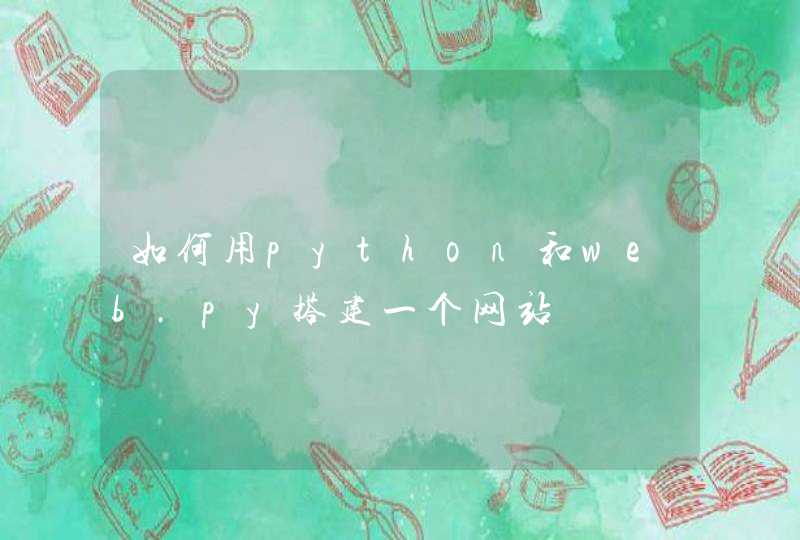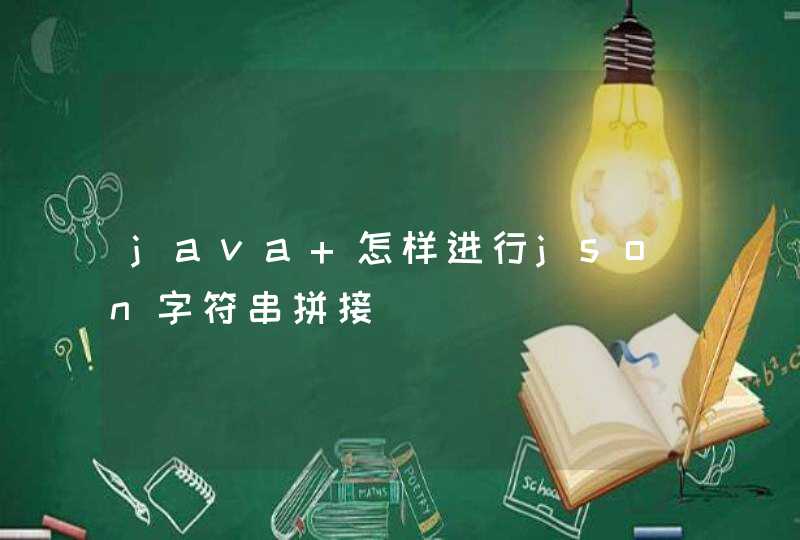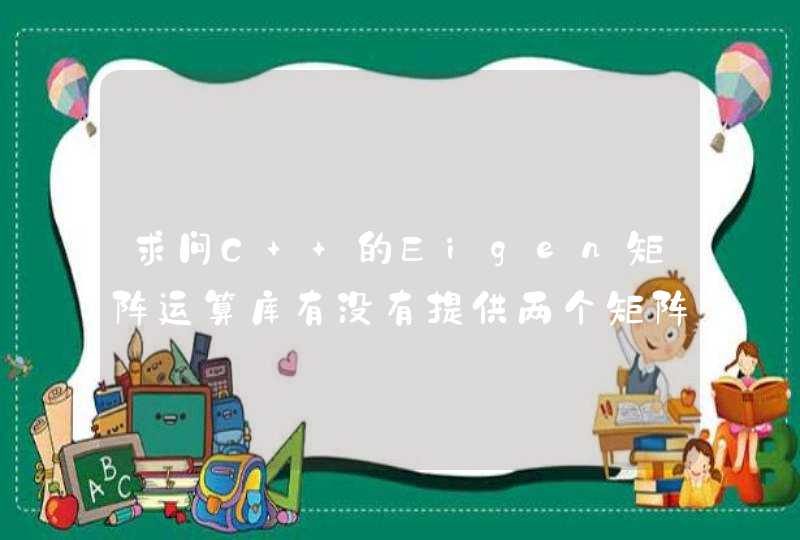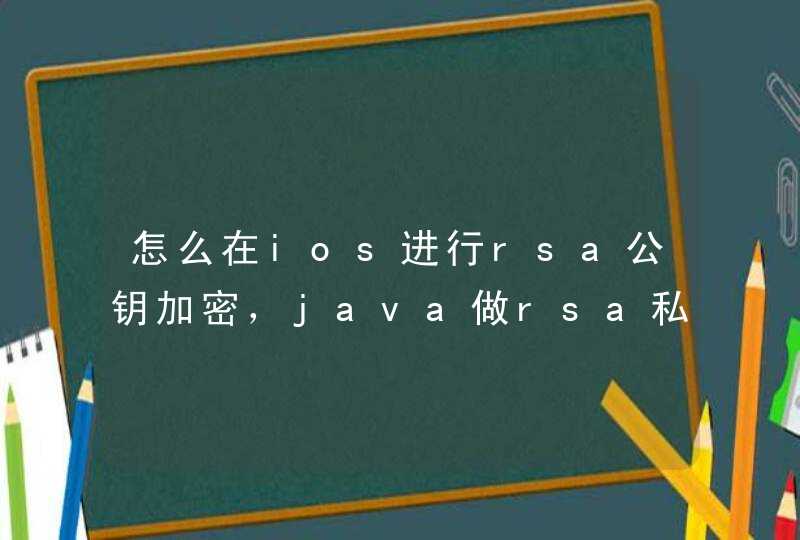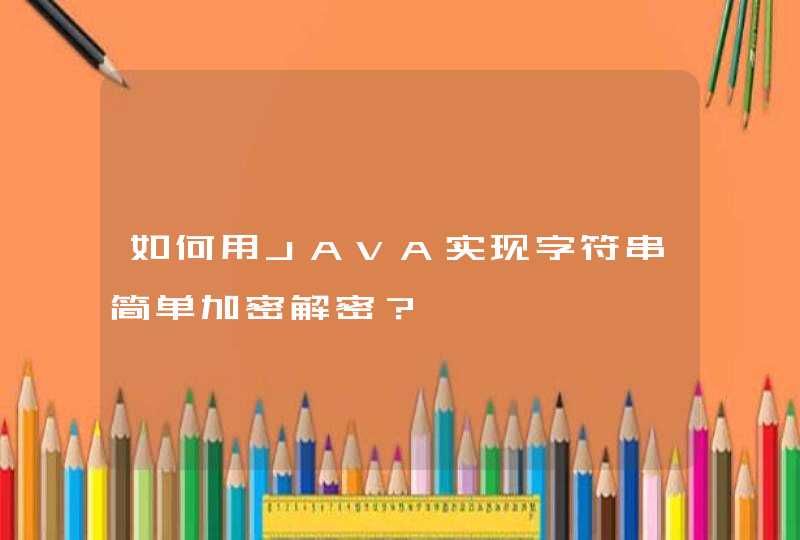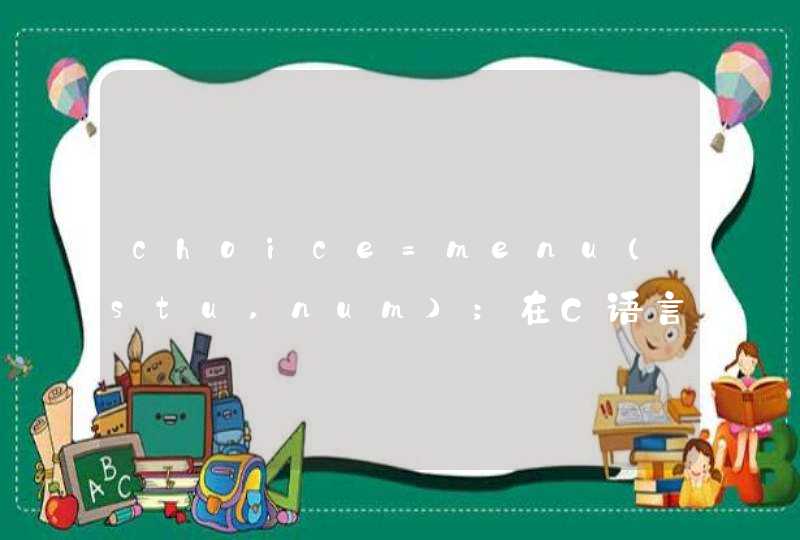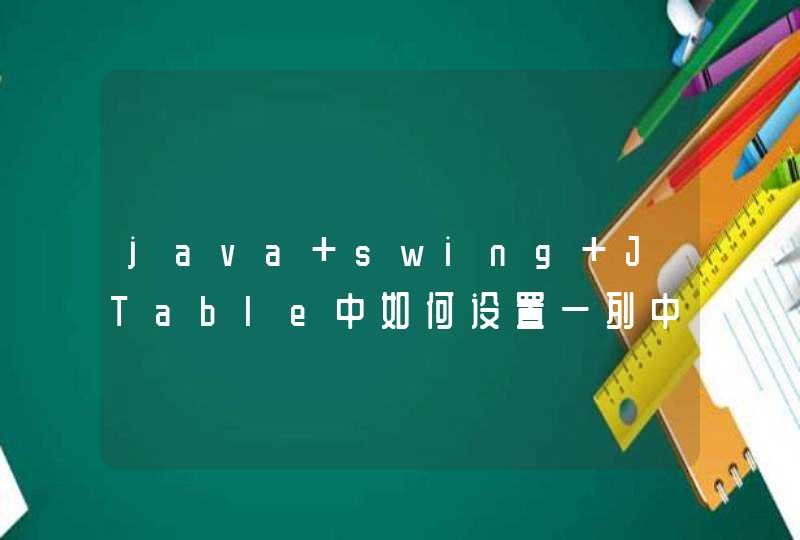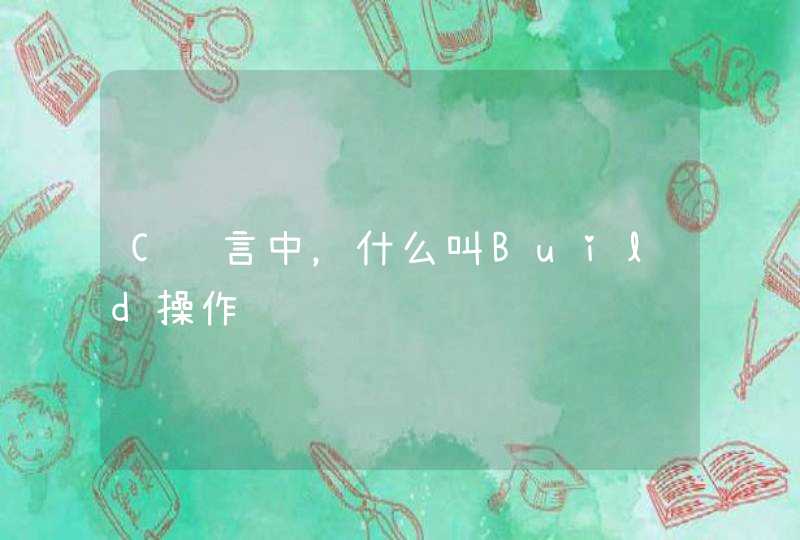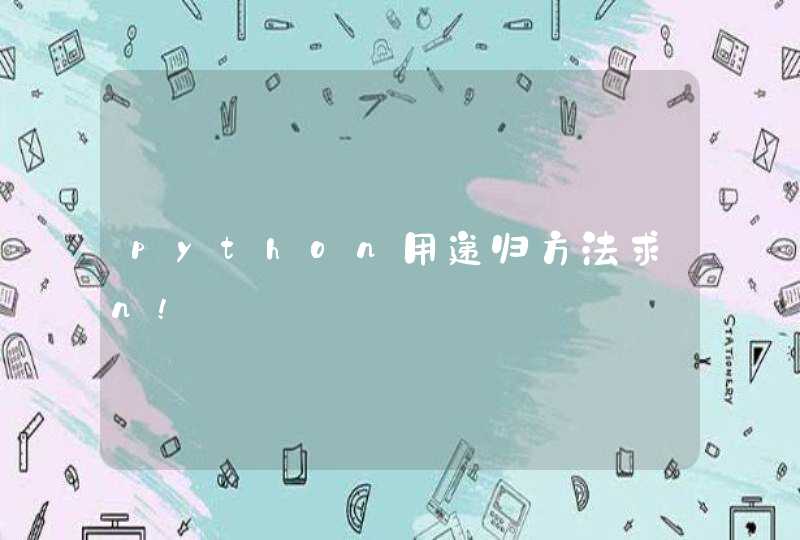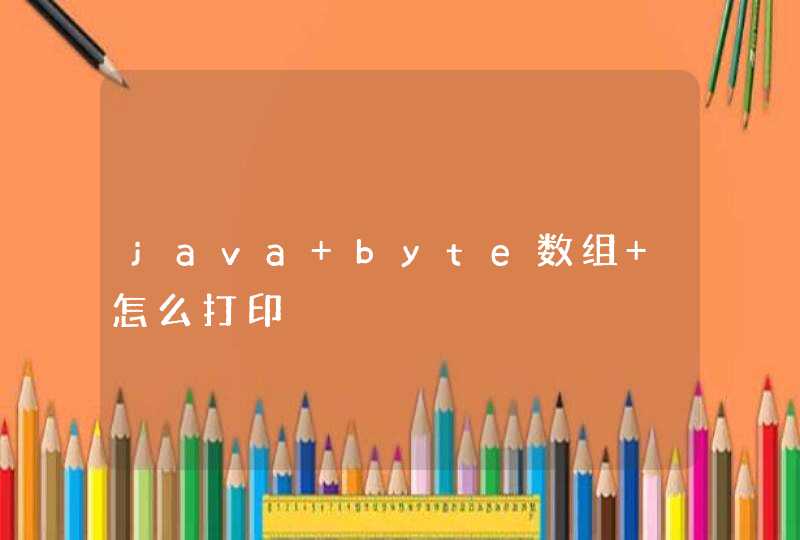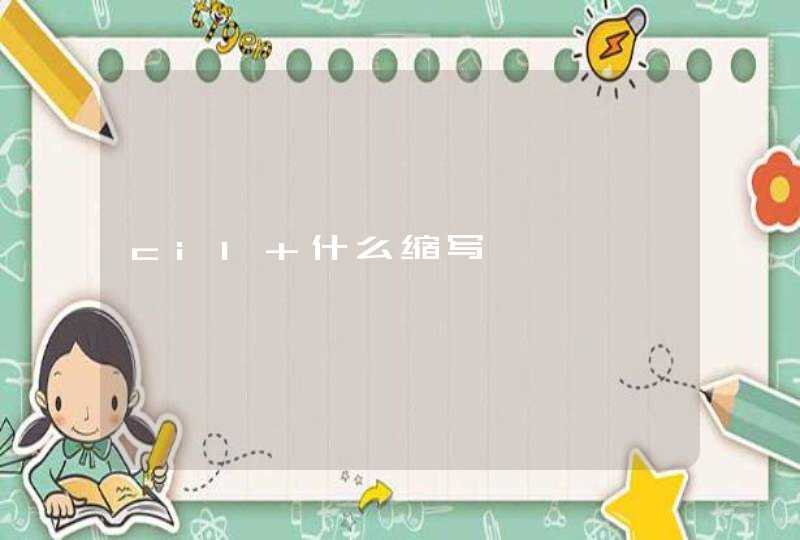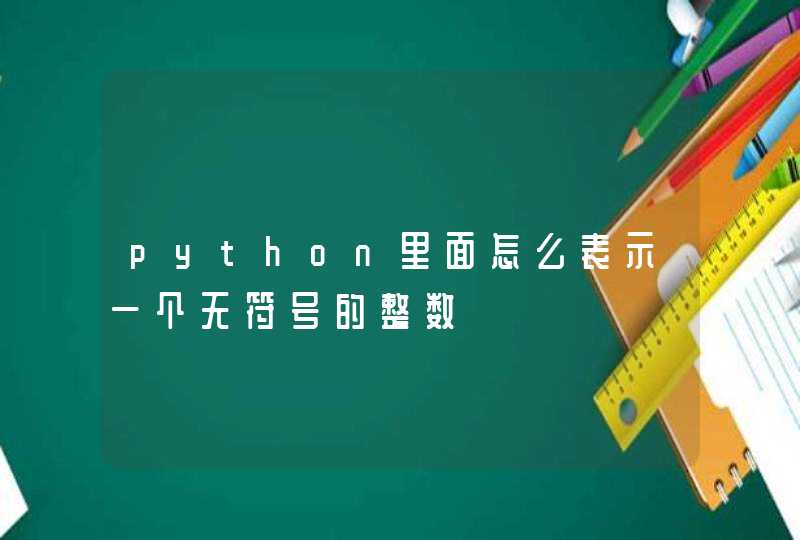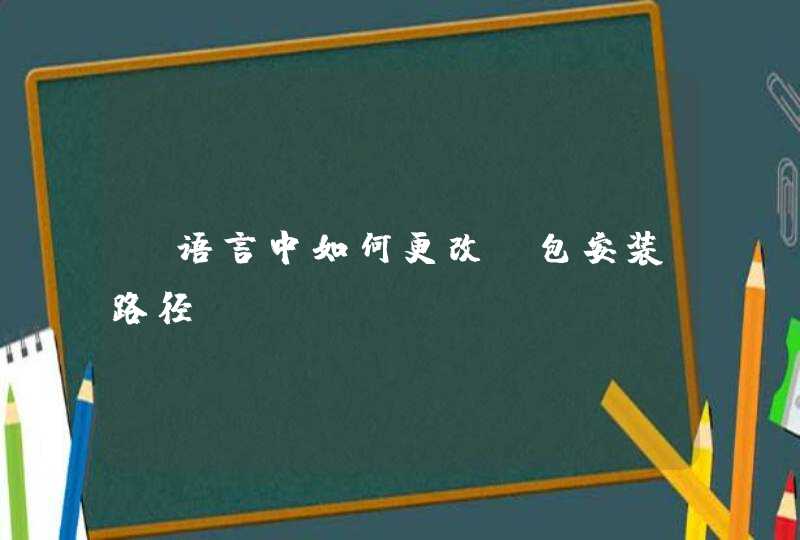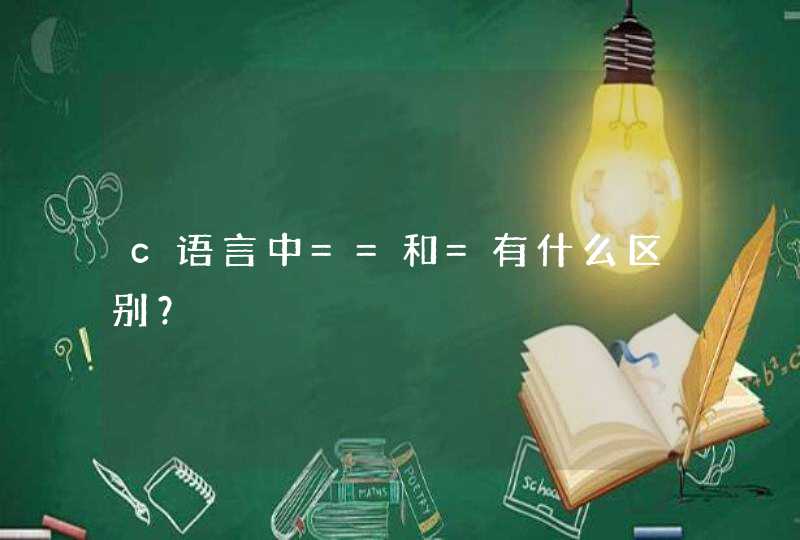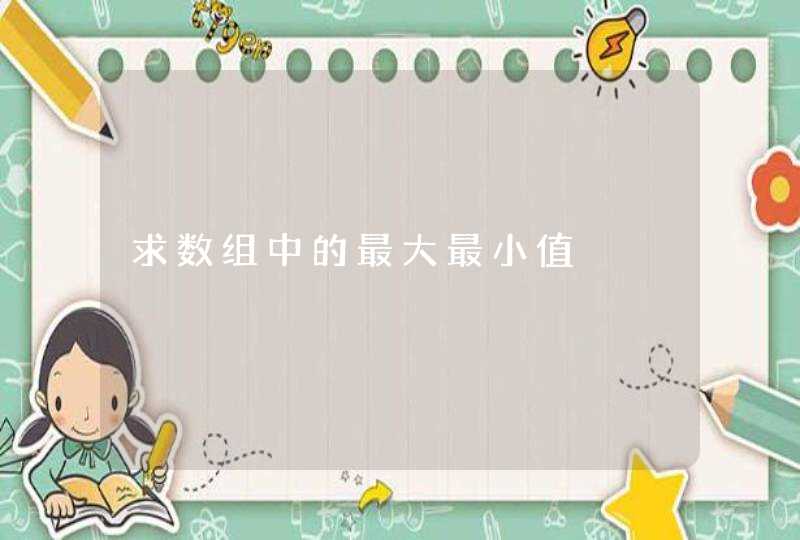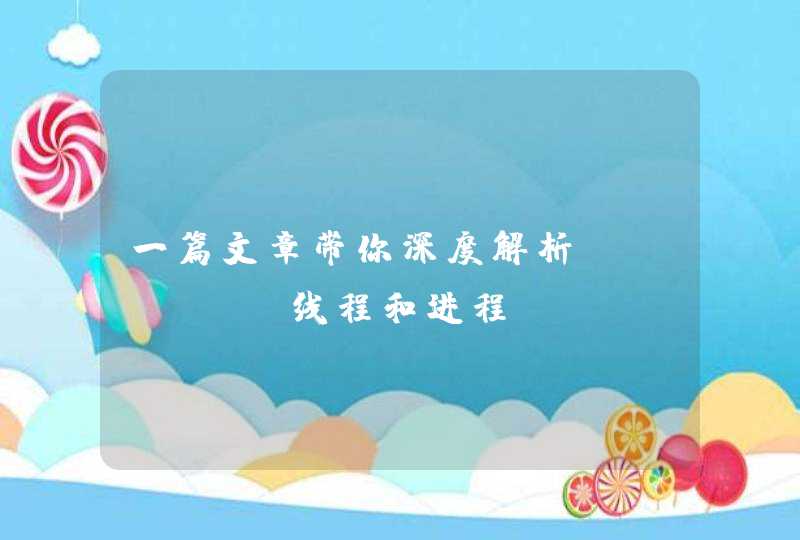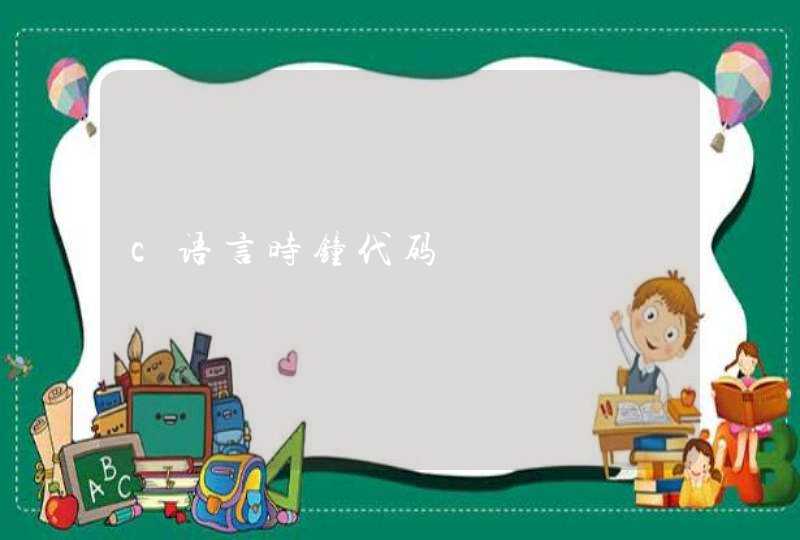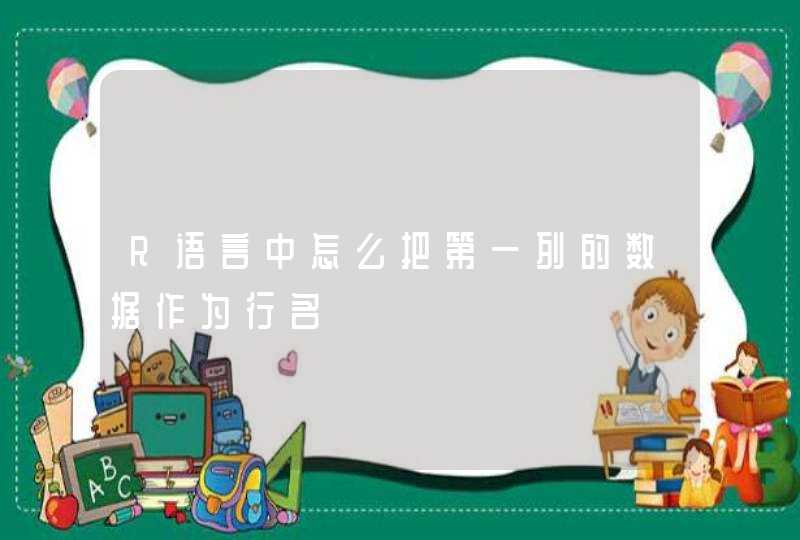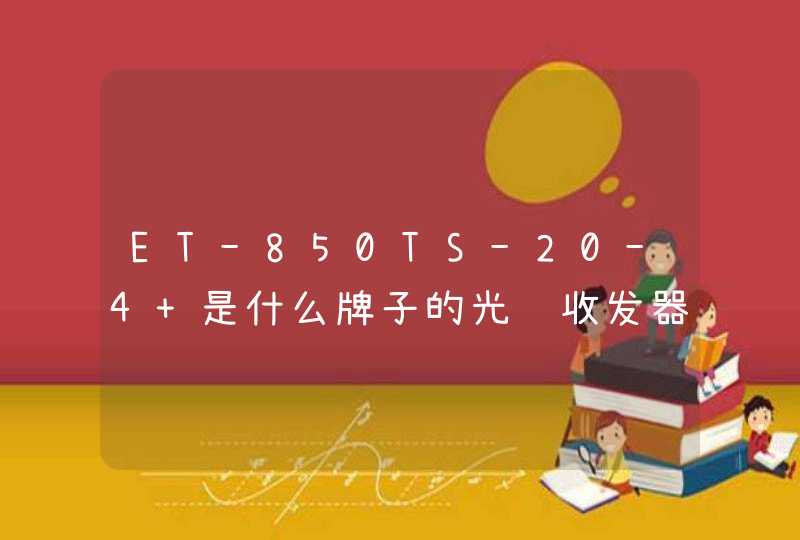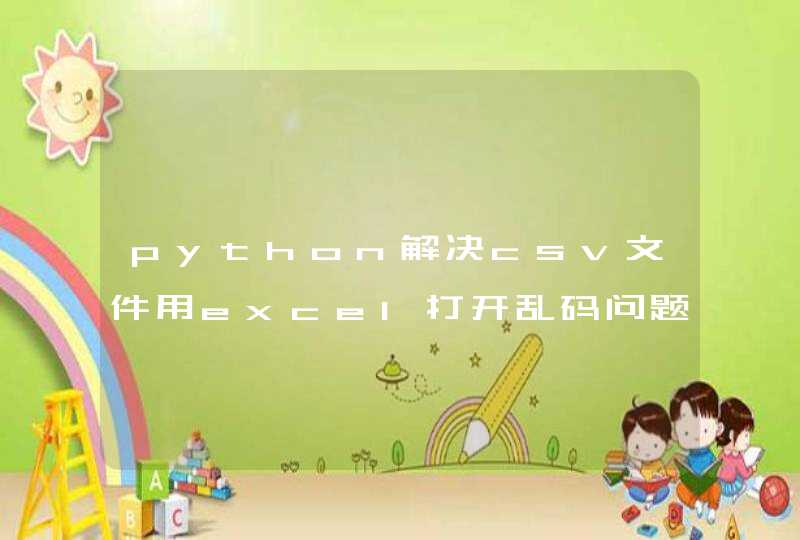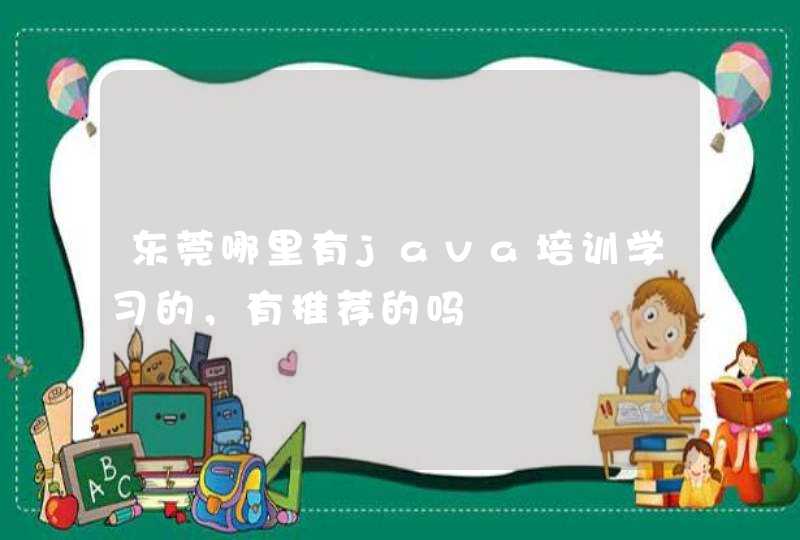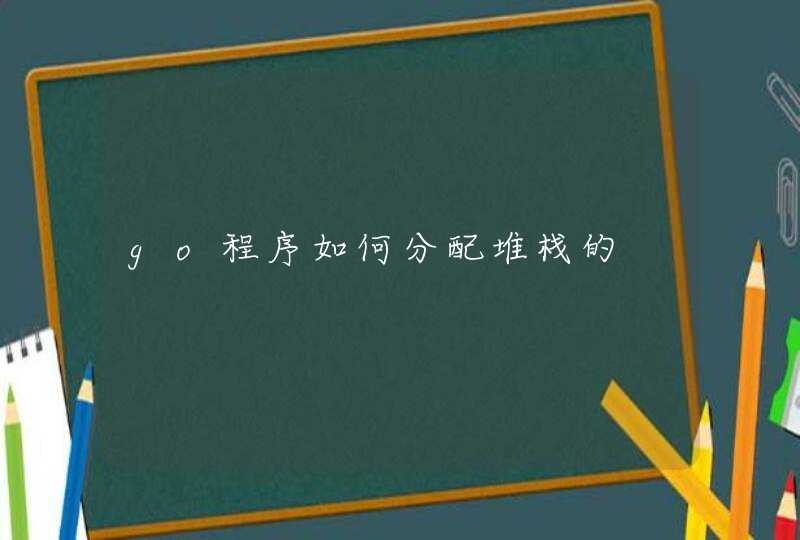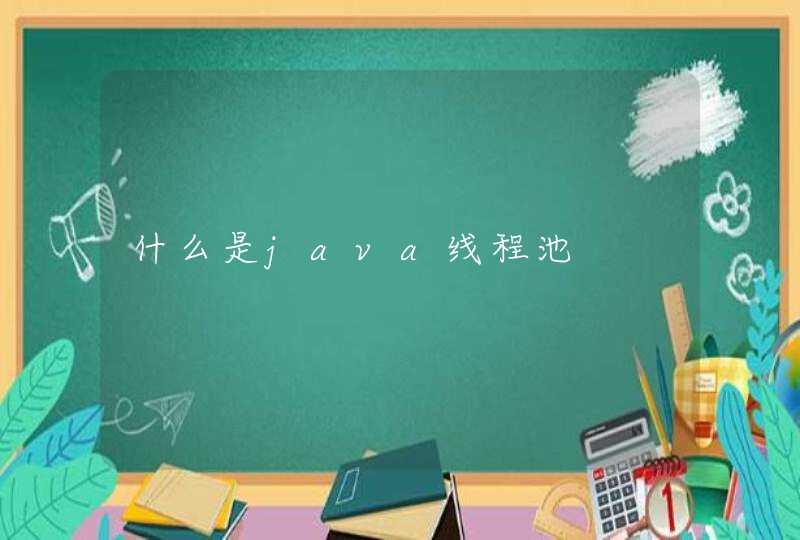
所谓线程池就是将线程集中管理起来,当需要线程的时候,可以从线程池中获取空闲的线程,这样可以减少线程的频繁创建与销毁,节省很大的时间和减少很多不必要的操作。
在java中提供了ThreadPoolExecutor类来进行线程的管理,这个类继承于AbstractExecutorService,而AbstractExecutorService实现了ExecutorService接口,我们可以使用ThreadPoolExecutor来进行线程池的创建。
在ThreadPoolExecutor的构造方法中,有多个参数,可以配置不同的参数来进行优化。这个类的源码构造方法为:
public ThreadPoolExecutor(int corePoolSize, int maximumPoolSize, long keepAliveTime, TimeUnit unit, BlockingQueue workQueue, ThreadFactory threadFactory, RejectedExecutionHandler handler)其中每个参数代表的意义分别为
corePoolSize : 线程池中的核心线程数量,当线程池中当前的线程数小于这个配置的时候,如果有一个新的任务到来,即使线程池中还存在空闲状态的线程,程序也会继续创建一个新的线程放进线程池当中
maximumPoolSize: 线程池中的线程最大数量
keepAliveTime:当线程池中的线程数量大于配置的核心线程数量(corePoolSize)的时候,如果当前有空闲的线程,则当这个空闲线程可以存在的时间,如果在keepAliveTime这个时间点内没有新的任务使用这个线程,那么这个线程将会结束,核心线程不会结束,但是如果配置了allowCoreThreadTimeOut = true,则当空闲时间超过keepAliveTime之后,线程也会被结束调,默认allowCoreThreadTimeOut = false,即表示默认情况下,核心线程会一直存在于线程池当中。
unit : 空闲线程保持连接时间(keepAliveTime)的时间单位
workQueue:阻塞的任务队列,用来保存等待需要执行的任务。
threadFactory :线程工厂,可以根据自己的需求去创建线程的对象,设置线程的名称,优先级等属性信息。
handler:当线程池中存在的线程数超过设置的最大值之后,新的任务就会被拒绝,可以自己定义一个拒绝的策略,当新任务被拒绝之后,就会使用hander方法进行处理。
在java中也提供了Executors工具类,在这个工具类中提供了多个创建线程池的静态方法,其中包含newCachedThreadPool、newFixedThreadPool、newScheduledThreadPool、newSingleThreadExecutor等。但是他们每个方法都是创建了ThreadPoolExecutor对象,不同的是,每个对象的初始 参数值不一样
( )根据xml文件来管理线程池的最大最小线程数( )对线程池通过Timer定期扫描以防止线程未激活 ( )通过某一个变量(本程序中是freeThreadCount)来得到空闲线程的数目 一 配置xml(listen xml)是 <?xml version= encoding= UTF ?><config><ConsumeThreadPool><minPools></minPools> <! 线程池最小线程 ><maxPools></maxPools><! 线程池最大线程 ><checkThreadPeriod></checkThreadPeriod> <! 检查线程池中线程的周期 分钟 ></ConsumeThreadPool></config> 二 对于ConsumeThreadPoolPara的javabean: import java io *public class ConsumeThreadPoolPara implements Serializable{private int minPoolsprivate int maxPoolsprivate int checkThreadPeriodpublic int getMinPools(){return minPools}public int getMaxPools(){return maxPools}public int getCheckThreadPeriod(){return checkThreadPeriod}public void setMinPools(int minPools){this minPools = minPools}public void setMaxPools(int maxPools){this maxPools = maxPools}public void setCheckThreadPeriod(int checkThreadPeriod){this checkThreadPeriod = checkThreadPeriod}public String toString(){return minPools+ + maxPools+ +checkThreadPeriod}public ConsumeThreadPoolPara() {}public static void main(String[] args) {ConsumeThreadPoolPara consumeThreadPool = new ConsumeThreadPoolPara()}} 三 解析xml程序代码(生成ConsumeThreadPoolPara) 使用jdom解析 import jdom *import jdom input SAXBuilderimport java io *import java util *public class ParseConfig {static Hashtable Listens = nullstatic ConnPara connpara = nullstatic ConsumeThreadPoolPara consumeThreadPoolPara = nullprivate static String configxml = listen xml static{getConsumeThreadPoolPara() //得到消费的线程池的参数}/*** 装载文档* @return 返回根结点* @throws JDOMException*/public static Element loadDocument() throws JDOMException{SAXBuilder parser = new SAXBuilder()// 新建立构造器try {Document document = parser build(configxml)Element root = document getRootElement()return root}catch(JDOMException e){logger error( listen xml文件格式非法! )throw new JDOMException()}}public static ConsumeThreadPoolPara getConsumeThreadPoolPara(){if(consumeThreadPoolPara ==null){try {Element root = loadDocument()Element consumeThreadPool = root getChild( ConsumeThreadPool )if (consumeThreadPool != null) { //代表有数据库配置consumeThreadPoolPara = new ConsumeThreadPoolPara()Element minPools = consumeThreadPool getChild( minPools )consumeThreadPoolPara setMinPools(Integer parseInt(minPools getTextTrim()))Element maxPools = consumeThreadPool getChild( maxPools )consumeThreadPoolPara setMaxPools(Integer parseInt(maxPools getTextTrim()))Element checkThreadPeriod = consumeThreadPool getChild( checkThreadPeriod )consumeThreadPoolPara setCheckThreadPeriod(Integer parseInt(checkThreadPeriod getTextTrim()))}}catch (JDOMException e) {}}return consumeThreadPoolPara}} 四 线程池源代码 import java util */*** <p>Title: 线程池</p>* <p>Description: 采集消费模块</p>* <p>Copyright: Copyright (c) </p>* <p>Company: </p>* @author 张荣斌* @version */public class ThreadPool {private static int minPools = //最小连接池数目private static int maxPools = //最大连接池数目private static int checkThreadPeriod = //检查连接池的周期ArrayList m_ThreadList //工作线程列表LinkedList m_RunList = null //工作任务列表int totalThread = //总线程数static int freeThreadCount = //未被使用的线程数目private java util Timer timer = null //定时器static Object o = new Object()static{ //先初始化线程池的参数ConsumeThreadPoolPara consumeThreadPoolPara = ParseConfig getConsumeThreadPoolPara()if(consumeThreadPoolPara!=null){minPools = consumeThreadPoolPara getMinPools()maxPools = consumeThreadPoolPara getMaxPools()checkThreadPeriod = consumeThreadPoolPara getCheckThreadPeriod()* * }}public void setMinPools(int minPools){this minPools = minPools}public void setMaxPools(int maxPools){this maxPools = maxPools}public void setCheckThreadPeriod(int checkThreadPeriod){this checkThreadPeriod = checkThreadPeriod}public ThreadPool() {m_ThreadList=new ArrayList()m_RunList=new LinkedList()for(int i= i<minPoolsi++){WorkerThread temp=new WorkerThread()totalThread = totalThread + m_ThreadList add(temp)temp start()try{Thread sleep( )}catch(Exception e){}}timer = new Timer(true) //启动定时器timer schedule(new CheckThreadTask(this) checkThreadPeriod)}/*** 当有一个工作来的时候启动线程池的线程* 当空闲线程数为 的时候 看总线程是否小于最大线程池的数目 就new一个新的线程 否则sleep 直到有空闲线程为止* 当空闲线程不为 则将任务丢给空闲线程去完成* @param work*/public synchronized void run(String work){if (freeThreadCount == ) {if(totalThread<maxPools){WorkerThread temp = new WorkerThread()totalThread = totalThread + m_ThreadList add(temp)temp start()synchronized(m_RunList){m_RunList add(work)m_RunList notify()}}else{while (freeThreadCount == ) {try {Thread sleep( )}catch (InterruptedException e) {}}synchronized(m_RunList){m_RunList add(work)m_RunList notify()}}} else {synchronized(m_RunList){m_RunList add(work)m_RunList notify()}}}/*** 检查所有的线程的有效性*/public synchronized void checkAllThreads() {Iterator lThreadIterator = erator()while (lThreadIterator hasNext()) { //逐个遍厉WorkerThread lTestThread = (WorkerThread) lThreadIterator next()if (! (lTestThread isAlive())) { //如果处在非活动状态时lTestThread = new WorkerThread()//重新生成个线程lTestThread start()//启动}}}/*** 打印调试信息*/public void printDebugInfo(){System out println( totalThread= +totalThread)System out println( m_ThreadList size()= +m_ThreadList size())}/**** <p>Title: 工作线程类</p>* @author 张荣斌* @version */class WorkerThread extends Thread{boolean running = trueString workpublic void run(){while(running){synchronized(o){freeThreadCount++}synchronized(m_RunList){while(m_RunList size() == ){try{m_RunList wait()if(!running) return}catch(InterruptedException e){}<lishixinzhi/Article/program/Java/gj/201311/27379线程池是一种多线程处理形式,处理过程中将任务添加队列,然后在创建线程后自动启动这些任务,每个线程都使用默认的堆栈大小,以默认的优先级运行,并处在多线程单元中,如果某个线程在托管代码中空闲,则线程池将插入另一个辅助线程来使所有处理器保持繁忙。如果所有线程池都始终保持繁忙,但队列中包含挂起的工作,则线程池将在一段时间后辅助线程的数目永远不会超过最大值。超过最大值的线程可以排队,但他们要等到其他线程完成后才能启动。
java里面的线程池的顶级接口是Executor,Executor并不是一个线程池,而只是一个执行线程的工具,而真正的线程池是ExecutorService。
java中的有哪些线程池?
1.newCachedThreadPool创建一个可缓存线程池程
2.newFixedThreadPool 创建一个定长线程池
3.newScheduledThreadPool 创建一个定长线程池
4.newSingleThreadExecutor 创建一个单线程化的线程池
————————————————



